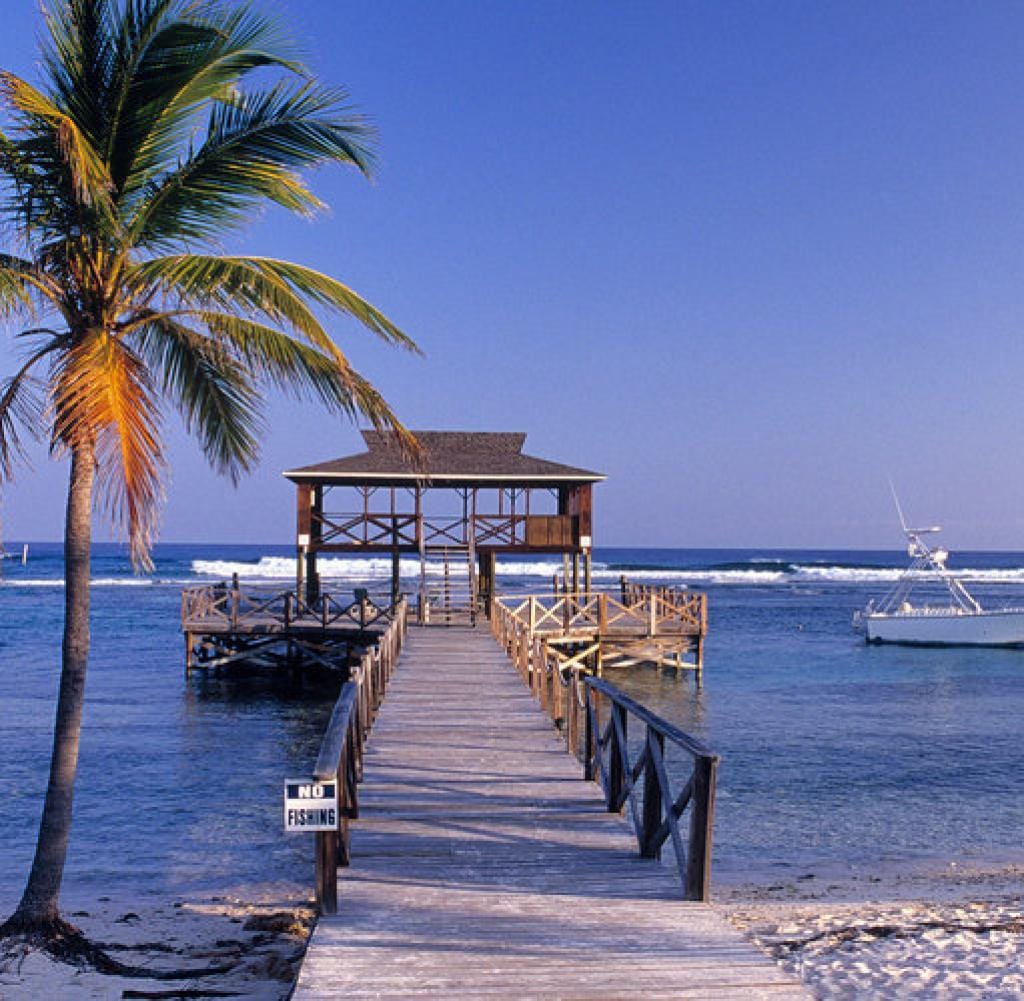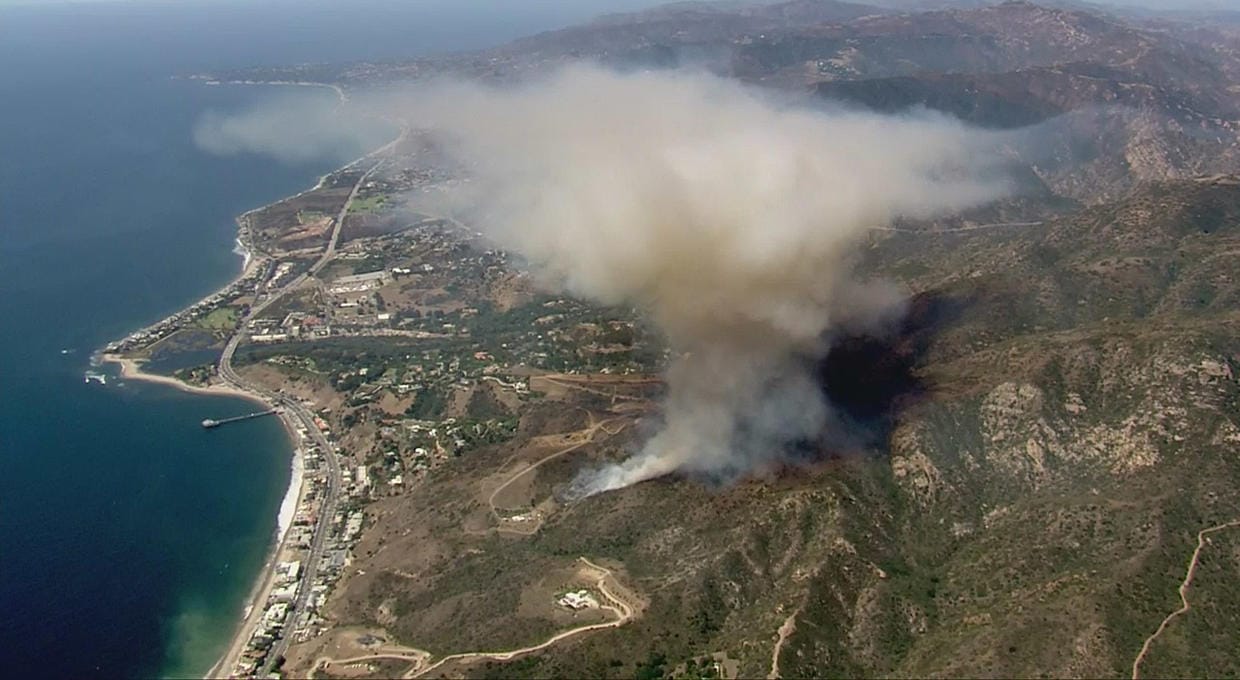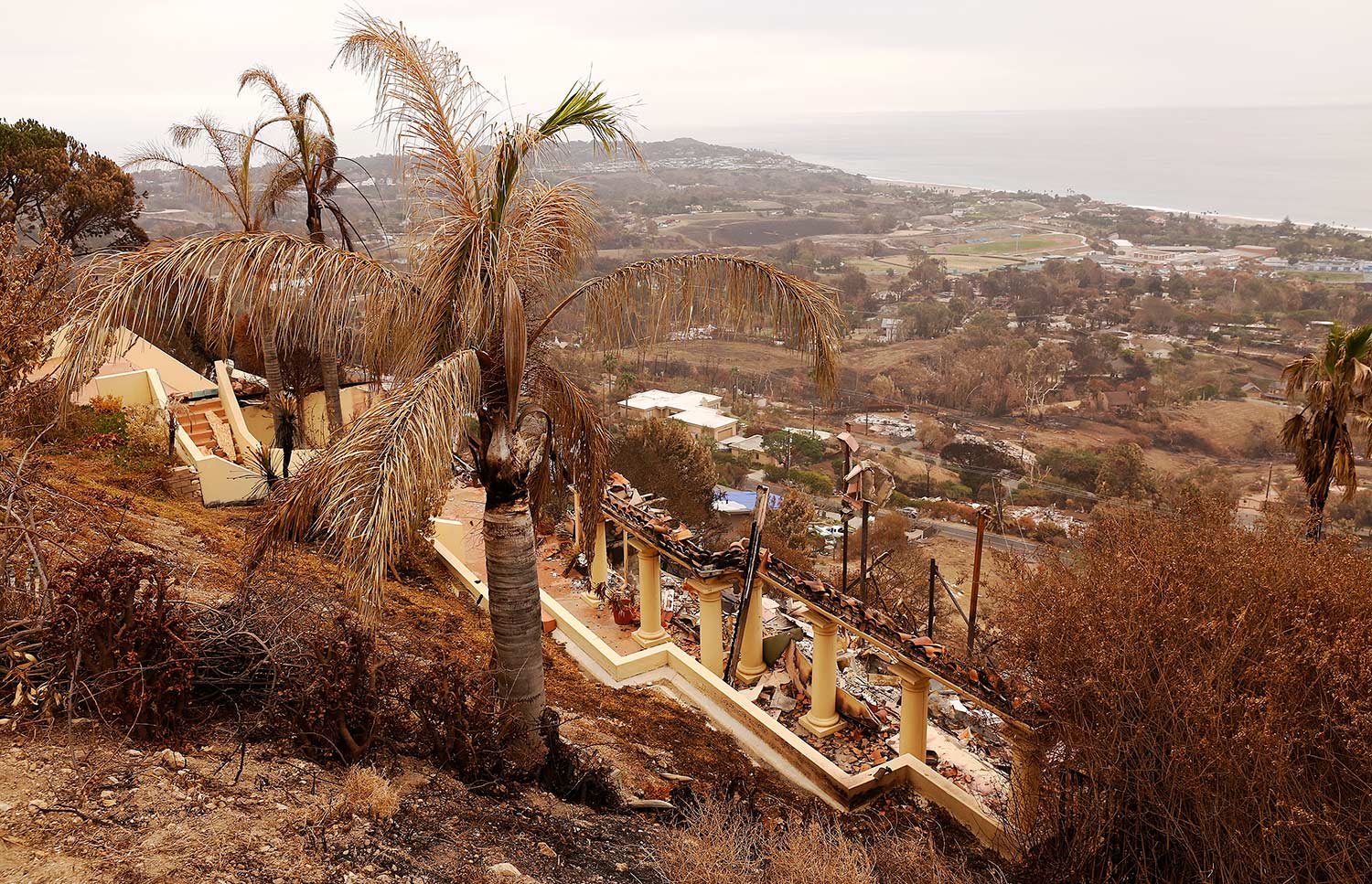On Saturday evening, the Caribbean experienced a strong earthquake of magnitude 7.6, according to the U.S. Geological Survey (USGS). The seismic event had its epicenter approximately 130 miles southwest of George Town in the Cayman Islands, originating at a depth of about six miles below the Earth’s surface. The quake set the region on high alert, prompting tsunami advisories for Puerto Rico, the U.S. Virgin Islands, and other nearby areas.
Emergency advisories issued immediately following the earthquake urged residents and visitors in coastal zones to exercise caution and move inland or to higher ground as a precaution. Although initial tsunami warnings raised concerns about waves potentially reaching heights of up to 10 feet, no significant tsunami was observed.
In the Cayman Islands, disaster management officials briefly warned residents along the coastline to be vigilant for rapid sea level changes, which are common precursors to a tsunami. Danielle Coleman, Director of Hazard Management in the Cayman Islands, expressed relief that no major damage was reported and commended the community’s swift response. “This was a large earthquake, and [we] are thankful that no major damage has been reported across our islands,” Coleman shared in a statement.
The National Tsunami Center in the United States collaborated with local agencies to continuously monitor the situation in Puerto Rico and the Virgin Islands. Although these areas were initially included in the tsunami advisory, subsequent data analysis showed no imminent threat to communities in the region. Puerto Rico’s Governor, Jenniffer González Colón, issued an advisory urging residents to avoid the water along the island’s western and southern coasts until the situation was under control.
According to experts at the USGS, earthquakes of such magnitude are not entirely unusual in the region, given it lies near the boundary of the North American and Caribbean tectonic plates. This specific quake occurred along a strike-slip fault, which typically produces horizontal motion rather than vertical displacement. Such characteristics can either amplify or dampen the potential for destructive tsunami waves.
The region has a history of significant seismic activity. In particular, the most notable earthquake in recent years was the January 2018 quake, which also measured above magnitude 7. This event caused minor infrastructure damage and generated localized tsunami waves. In contrast to previous incidents, the remote location of Saturday’s earthquake limited the potential for substantial ground shaking and structural harm.
As seismic tremors rippled across the Caribbean Sea, governments across the region coordinated closely with meteorological agencies and the U.S. Tsunami Warning Center. Both the governments of Puerto Rico and the Cayman Islands emphasized that preparedness remains pivotal in mitigating the potential impacts of future seismic events. Educational campaigns and regular disaster response drills have played a key role in enhancing the community’s ability to act swiftly during emergencies.
Tectonic activity in the Caribbean basin continues to be a subject of close study for scientists and disaster management officials. Saturday’s event reinforces the importance of continuous seismic monitoring and public awareness campaigns. While Saturday’s earthquake ultimately left the region unscathed, the incident serves as a critical reminder of the ongoing vulnerability faced by coastal and island communities situated along active geological fault lines.
As of Sunday morning, the tsunami advisory was fully canceled, and life in affected regions resumed its normal pace. Local authorities remain vigilant, however, as aftershocks are a possibility following such a strong primary event. Residents have been encouraged to stay informed via official channels and to report any unusual or concerning developments to local emergency management agencies.



